In breaking news. “The Melbourne Graduate School of Education is proud to announce that we will soon become the Faculty of Education. 100 years ago, the inaugural Faculty of Education at the University of Melbourne was established, and from 1 January 2024, the name will revert back. We believe that this name truly reflects the scale of what we do as a faculty.” MGSE (but not for long) announcement yesterday.
Another take on UG access. Charles Sturt U has NSW government funding for five-day programmes to assess participants for direct entry to science, technology and health courses. The university will pick up the costs of participating. “Many students capable of completing university study face barriers to entry through traditional pathways.” Its open to people from regional NSW. “University is for everyone, regardless of your ability,” is the pitch.
HASS Indigenous Research Data Commons has $25m through to 2028 from the National Collaborative Research Infrastructure Scheme. Funding is for existing projects, plus accessing large digital data collections.
The SA Parliament committee report on AI is out, including recommendations that the State Government get involved, notably;
- the Premier and trade departments, “attract companies and research bodies with significant investment potential”
- “State Government spearhead custom initiatives to increase the number of AI professionals in South Australia, particularly within the State’s largest employer, the public sector”
- “State Government identify narrow, focused areas of specialised AI expertise, where South Australia can be the world’s best”
- the Government consider an AI “growth accelerator,” “to promote advancement in strategic economic areas”
Universities Australia announced a charter on sexual harm last week, which will “drive new and improved measures to build on the many initiatives already in place at organisations across the nation.”
In September UA was scathingly criticised by a Senate committee on universities handling of sexual assault cases. The announcement was ahead of the widely expected announcement of a draft action plan on gender-based violence in HE, at the Education Ministers minco on Tuesday (Nov 21). The announcement did occur, and includes a Student Safety Ombudsman, which UA supports, but warns will also cover universities student administration (see story in FC this week
To which the peak body responds, “this would constitute a significant reform and detailed examination is appropriate. It would be inefficient to create duplication and overlap with existing regulation and regulatory bodies which deal with these issues.”
50 awards in the National Industry PhD Programme are announced. The $8m over four years is split between 50 students, 22 universities and 41 industry partners.
ANU, Flinders U and UTS lead with four awards each.
The funding is part of the University Research Commercialisation Package, started by the coalition and continued by Labor.
Just about every project could be the basis of a Cooperative Research Centre, which leads FC to wonder why CRCs are not in the programme – unless, of course it is because it’s from DoE and CRCs belong to Industry and Science.
FC’s picks are, market based rules for EV public charging stations (RMIT), enzymes that breakdown plastic (ANU) and responsible and trustworthy AI practices in health insurance (Uni Newcastle).
Ministers are always on message – that nation building, economy growing research is what Australia needs. Jason Clare was making the point Monday at a ceremony for Australian Research Council Laureate Fellows. The Education Minister’s released remarks congratulated fellows for their work to deliver, “research that remakes the world we live in and reimagines what the future might be like. Work that has a real economic impact.” And he quoted a recent consultants’ report for the ARC on the multiplier of the National Competitive Grants Programme, “every dollar we invest … generates more than three dollars of economic output. Think about that – one dollar in, more than three dollars out.”
Which can’t cheer up the humanities and creative arts community – their researchers received just 35 ($14.8m) out of 421 ($220m) grants in the recent Discovery round. Or basic science researchers whose work may or may not turn out to have a commercial application. This does not get talked up by ministers – basically because they think voters want to know what is in research for them.
‘Twas ever thus, at least recently. Coalition education minister Dan Tehan was no opponent of the abstract in research – he announced $35 for the search for dark matter in 2019. But he also started the research commercialisation strategy the present government has grown, telling Vice-Chancellors in 2020, “if I can put a compelling case to my colleagues that we are absolutely instrumental in driving productivity in this nation for the next decade then I think that we can get the support that we need to grow the sector.”
Coincidentally, the Australian Research Council launched Monday a research centre advanced manufacturing with 2D materials, to “generate greater economic output in this fast growing market.”
Data analytics provider Clarivate (Web of Science is one of its brands) releases its annual high cited researchers list. Australia rates fifth, with 321 HCRs, although there is less a gap than a chasm between the United States (2669, 37 per cent) and China (1275 17 per cent) and the rest. The UK is third (574) and Germany fourth (336).
72 per cent of local HiCi researchers are based at the top five.
Uni Melbourne and Uni Queensland (both with 25) and UNSW (36) are on the world top 50 list for number of researchers. But the Australian top ten are not all at Go8 institutions, it includes researchers at CSIRO, James Cook U, and Deakin U. Uni Wollongong, has two, Shahriar Akter (marketing and business analytics H index 34) and public and environmental health researcher Thomas Astell-Burt (H index 41).
The HiCi list is the sort of ranking criticised for reducing the potential and achievement of researchers whose work is not conducive to citation measures or whose circumstances impact conventional productivity measures. Which will not stop researchers pouring over the list and university research managers and marketers promoting results every way they can.
Nationally, the percentage of students that commenced further study in VET after completing a VET course was 15.7 per cent, while the progression to higher education was 6.7 per cent, pre pandemic. The top courses associated with high transitions to higher education are at the Diploma Level, in fields such as nursing, information technology, business and media (some in the 20 per cent to 30 per cent range.) Conversely, courses with the lowest progression rates to HE tend to be in strong demand fields with good employment outcomes and high median income, such as Engineering and Related Technologies.
Education dogma holds that students en masse could, indeed should, move seamlessly from VET to HE. They aren’t doing it now.
The SA universities merger bill has passed state parliament. In the House, Deputy Opposition Leader John Gardiner set out the reasons for not opposing the legislation, in a long and considered speech. Perhaps the best expression of ambivalence in a divisive campaign.
The question now is who is the “independent expert” the government will appoint to “provide independent advice and recommendations … on the measurement and achievement of proposed economic benefits, possible impacts on staff and students and risk management.” The price, perhaps of the government’s $200m research fund and $120m for student support.
There’s a new “friends of” group in the Commonwealth Parliament – pals of tech policy. They partner with ANU’s Tech Policy Design Centre.
The National Health and Medical Research Council reminds its community that open access is in force. It applies to papers resulting from work it funds those published from September 22 ’22 must be open access from pub date. (Prior pubs must be OA within 12 months). And meta data must be OA in an institutional repository no later than three months after publication. The NHMRC does not oppose reputable “pay to publish” journals, but “authors are strongly encouraged to consider whether the principles of open access apply to their publication location of choice.”
The council bans including OA costs in funding applications, but will allow them to be taken from general grant funding. All of which puts the NHMRC a country kilometre ahead of the Australian Research Council – which requires OA a year after publication.

